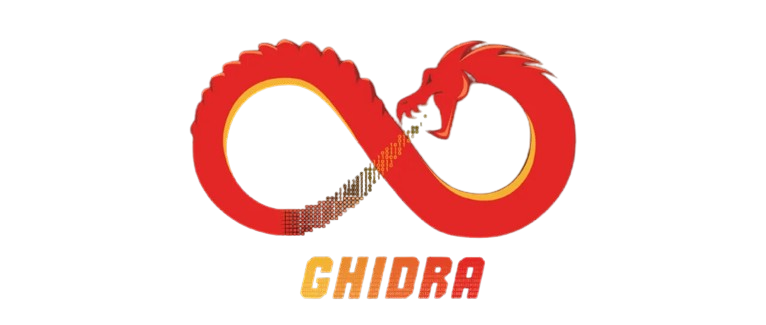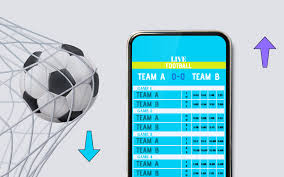Predicting outcomes accurately is a goal shared by many sports enthusiasts, gamblers, and analysts alike. How to use odds ty le nha cai to predict results more accurately is a crucial question for anyone looking to make informed decisions when betting or forecasting sporting events. Odds not only reflect the perceived likelihood of an event but also incorporate the bookmaker’s margin, making them a valuable tool for predicting results. This article explores how to interpret betting odds effectively, use them to improve prediction accuracy, and apply best practices for making better-informed decisions.
Understanding Betting Odds and Their Significance
Before delving into how to use odds for prediction, it’s essential to understand what betting odds are and how they work. Odds represent the bookmaker’s assessment of the probability of an event occurring and determine the payout for a winning bet. They come in various formats, including fractional (e.g., 5/1), decimal (e.g., 6.0), and American (e.g., +500).
How to interpret these odds is fundamental because they indicate both the implied probability and potential returns. For instance, decimal odds of 2.0 imply a 50% chance, while 4.0 indicates a 25% chance. Recognizing these implications allows bettors to compare their own assessments of a team’s or athlete’s chances with the bookmaker’s implied probabilities, revealing value bets—those where the bettor’s estimate exceeds the bookmaker’s implied likelihood.
Calculating Implied Probabilities From Odds
To use odds effectively, you must convert them into implied probabilities. This provides a numeric basis for comparing your predictions with the bookmaker’s.
How to Calculate Implied Probability
Convert decimal odds to implied probability by dividing 1 by the odds. For example:
- Odds: 3.0
- Implied probability = 1 / 3.0 = 0.3333 or 33.33%
Similarly, fractional odds can be converted by dividing the numerator by the total (numerator + denominator):
- Odds: 5/1
- Implied probability = 1 / (5 + 1) = 1/6 ≈ 16.67%
Why Implied Probabilities Matter
Understanding the implied probabilities hidden in odds helps uncover where value might exist. If you believe a team has a higher chance of winning than what the odds suggest, you may have identified a valuable betting opportunity.
How to Use Odds to Make Better Predictions
Once you grasp the concept of implied probability, you can use odds systematically to improve your prediction accuracy through comparison, statistical analysis, and strategic betting.
Step-by-Step Guide
- Compare your assessment with implied probabilities: Estimate the actual likelihood of outcomes based on your research, form, injuries, and other factors. Then, compare these with the implied probabilities from current odds.
- Identify value bets: When your estimated probability of an event exceeds the bookmaker’s implied probability, it indicates a potential value bet. For example, if you assess a team has a 50% chance of winning, but the odds imply only a 40% chance, betting may be advantageous.
- Adjust for bookmaker margin: Remember that sportsbooks include a margin, so the sum of implied probabilities for all outcomes exceeds 100%. Adjust your calculations to account for this margin when assessing value.
- Use multiple sources: Use different bookmakers’ odds and aggregate data for more accurate predictions. Arbitrage opportunities often appear when discrepancies exist between bookmakers’ odds.
- Apply statistics and trends: Incorporate historical data, recent performance, and situational contexts to refine your probability assessments further. Combine statistical insights with odds analysis to improve your results.
Troubleshooting Common Problems
- Inconsistent odds or unexpected outcomes: Sometimes odds do not reflect actual outcomes due to shifts in betting volume or insider knowledge. Stay updated and verify data from multiple sources.
- Overconfidence in your predictions: Be cautious—many factors influence results, so always consider the broader context rather than relying solely on odds.
- Neglecting bookmaker margin: Always remember that bookmaker margins are built into odds, which can mislead if not adjusted during your analysis.
The Role of Probabilities and the Concept of Value Betting
The core of how to use odds to predict results more accurately rests on understanding and applying the concept of value. A value betting occurs when the real probability of an event is higher than what the odds imply. Calculating the expected value (EV) is essential:
Expected Value = (Probability of Winning) x (Profit per Bet) – (Probability of Losing) x (Loss per Bet)
When EV is positive, it indicates a profitable opportunity based on your estimated probabilities versus the bookmaker’s odds.
Comparing Betting Strategies and Odds Formats
Different strategies can be used with various odds formats to improve prediction accuracy. For example, comparative analysis between decimal, fractional, and American odds may help identify discrepancies and opportunities.
| Feature | Decimal Odds | Fractional Odds | American Odds | Summary |
| Representation | 1.0 – 100+ | 1/1 – 100/1 | +100 to -100 | Each format offers clear interpretation but requires familiarity for effective use. |
| Ease of conversion | Easy | Moderate | Varies | Decimal odds are often easiest for quick calculations. |
| Use in predictions | Widely used | Common in UK | Popular in US | Choosing your preferred format depends on your familiarity. |
The best approach depends on your comfort and the context of betting or predictions. For more accurate results, consider blending various data points, not just odds, to refine your predictions.
Practical Tips for Using Odds More Effectively
- Focus on finding value rather than just chasing odds.
- Keep an eye on line movements and early odds, which can indicate sharp money and market consensus.
- Utilize predictive models that incorporate odds as a core parameter.
- Stay updated with injury reports, weather conditions, and other relevant factors that influence real outcomes relative to odds.
- Practice disciplined bankroll management, ensuring you capitalize on genuine value rather than emotional bets.
Conclusion
How to use odds https://tylekeo.black/ to predict results more accurately involves understanding the intrinsic link between odds and probabilities, comparing your own assessments with implied probabilities, and identifying value bets. By converting odds into meaningful probability estimates, adjusting for bookmaker margins, and integrating statistical analysis, bettors can significantly improve their predictive accuracy. Continuous learning and strategic application of odds as part of a comprehensive prediction framework enable more informed, profitable betting decisions over time. Mastering this approach is essential for anyone aiming to leverage odds to anticipate results with greater precision.

